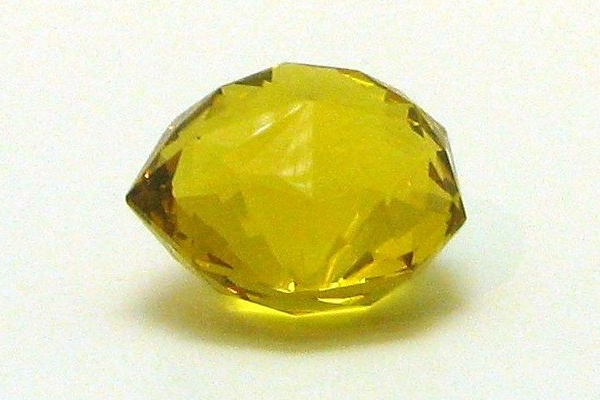
Some famous diamonds are set in pieces of jewelry, while others reside in museums. And then there are the really fascinating gems that have been stolen, lost, or otherwise disappeared into the mists of time. Today’s gem, the Florentine Diamond, belongs to that roster of gone-but-not-forgotten stones.